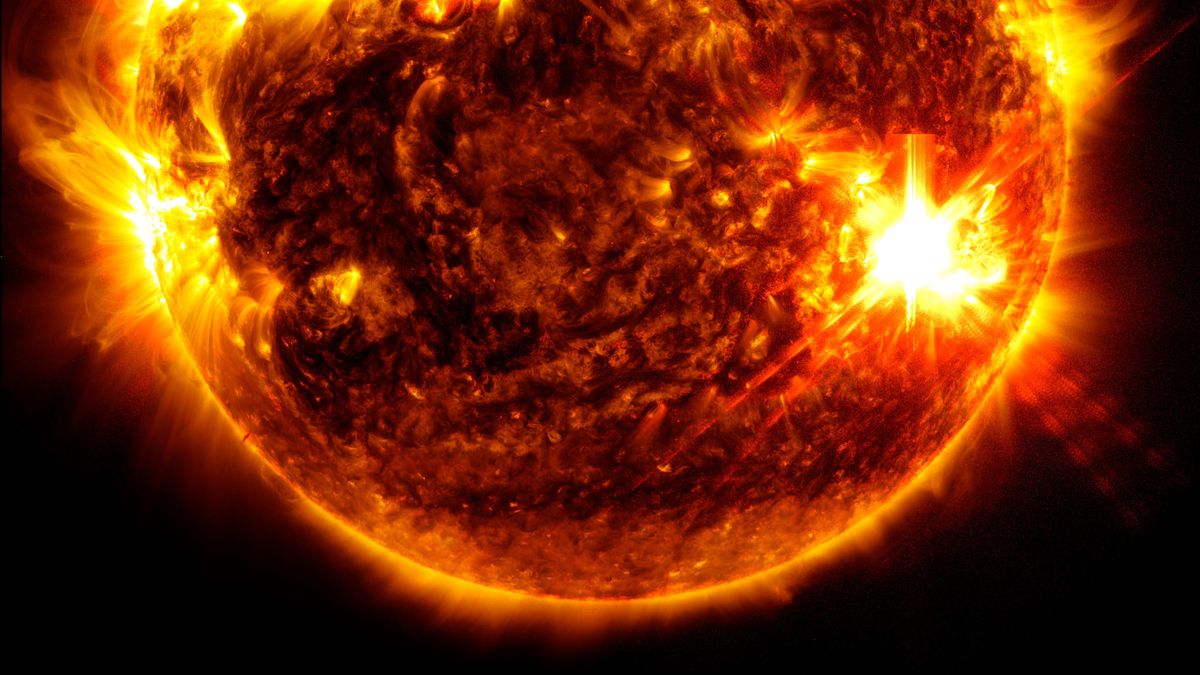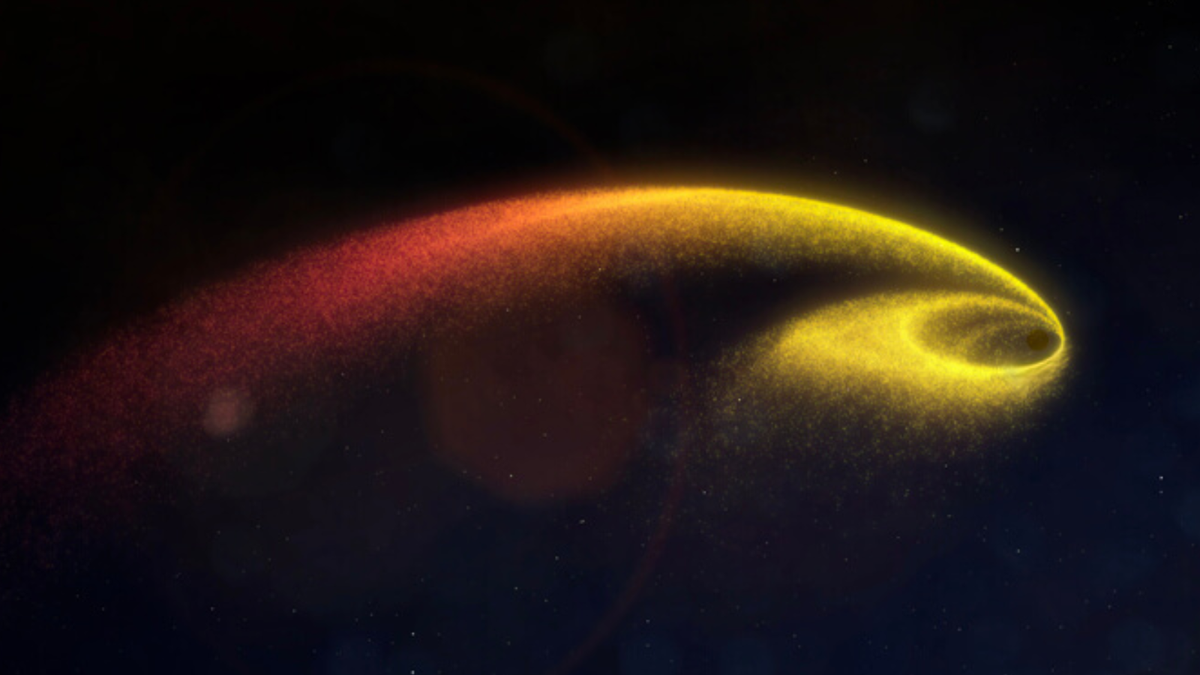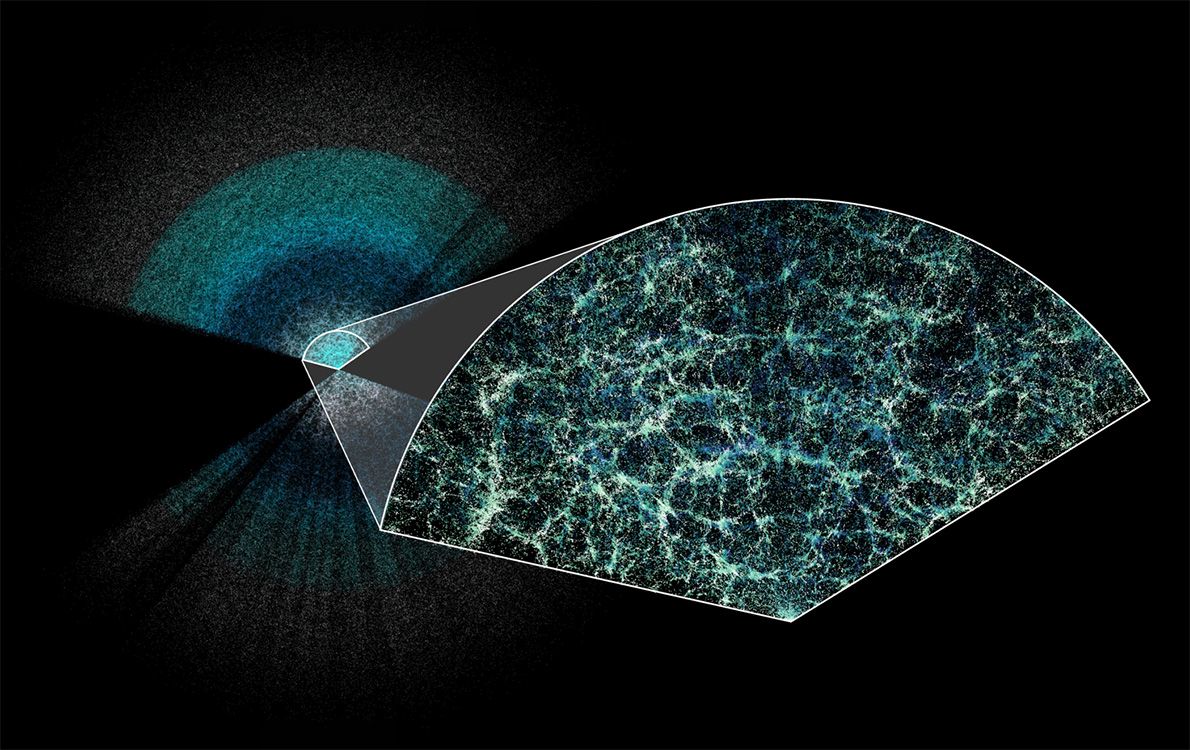Intense Solar Activity Observed by ISRO
Recent astronomical events have captivated the attention of both heliophysicists and casual observers alike, as a surge in solar activity has led to a flurry of observations and data collection efforts by space agencies around the globe. Among these agencies, The Indian Space Research Organization (ISRO) has played a crucial role in monitoring and analyzing the effects of these intense solar storms on Earth.
Ground Observations
ISRO’s Thumba node of the Indian Network for Space Weather Impact Monitoring (INSWIM) reported a significant increase in total electron content (TEC) on May 11, indicating a substantial uptick in solar activity compared to the previous day. This data, collected from ground stations, offers valuable insights into the impact of solar storms on Earth’s atmosphere.
Space Observations
In addition to ground-based observations, ISRO’s spacecraft have been actively monitoring the sun’s behavior from space. The Aditya-L1 solar observatory, situated at the L1 Lagrange point, has been a key asset in tracking solar flares and high-speed solar wind. Equipped with sophisticated instruments such as the Solar Wind Ion Spectrometer (SWIS) and the SupraThermal and Energetic Particle Spectrometer (STEPS), Aditya-L1 has provided valuable data on the sun’s recent outbursts.
Moreover, ISRO’s Chandrayaan-2 lunar orbiter, primarily designed to study the moon, has also been monitoring solar activity using its Solar X-ray Monitor (XSM). This instrument has detected increases in X-ray emissions and high-energy particles during the recent solar events, showcasing the orbiter’s versatility in observing celestial phenomena beyond the lunar surface.
Technical Insights
ISRO’s Aditya-L1 spacecraft, with its array of X-ray instruments such as the Solar Low Energy X-ray Spectrometer (SoLEXS) and the High Energy L-1 Orbiting X-ray Spectrometer (HEL1OS), has captured the intense light curve associated with X-class and M-class solar flares. Additionally, the spacecraft’s magnetometer recorded the signatures of these flares as they passed through the L1 Lagrange point, providing crucial data for further analysis.
Research Implications
These observations, collected by ISRO’s ground stations and spacecraft, are poised to offer valuable insights for researchers studying solar phenomena and their impact on Earth. As the sun’s activity continues to escalate, the data gathered by ISRO will undoubtedly be instrumental in advancing our understanding of solar dynamics and space weather.
Image/Photo credit: source url





